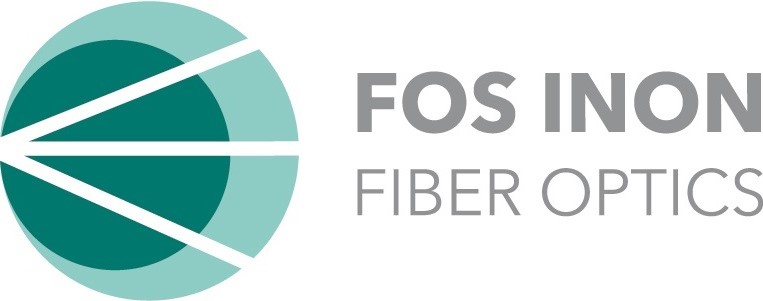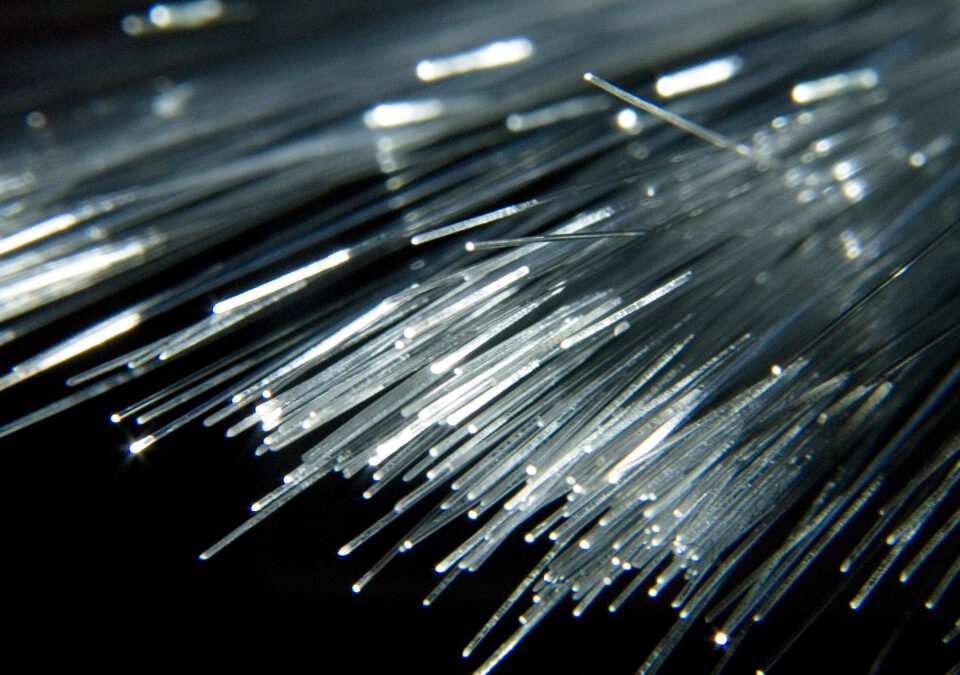Solarization, the phenomenon of optical degradation in silica-silica fibers exposed to energetic UV-C wavelengths, poses a significant challenge in maintaining fiber optic performance over time. This scientific article investigates the atomic-level changes occurring in the silica grid structure and the behavior of electrons within their orbits when subjected to high-energy UV light. Through a comprehensive analysis, we aim to understand the mechanisms behind solarization effects and identify potential strategies to mitigate its impact. Critical calculations for solarization susceptibility will be presented to illuminate this complex optical degradation phenomenon.
Silica-silica fibers have revolutionized modern communication systems and optical technologies due to their exceptional transmission properties. However, when exposed to UV-C wavelengths (100-280 nm), solarization effects may gradually degrade fiber performance over prolonged exposure periods. Understanding the underlying atomic and electronic changes is crucial to mitigate solarization and preserve the optical integrity of silica fibers.
Silica Grid Structure at Atomic Level:
Silica (SiO2) consists of a network of silicon (Si) and oxygen (O) atoms, forming a tetrahedral structure. Under normal conditions, the silicon atoms are bonded covalently to four oxygen atoms, creating a stable framework. The silica grid structure undergoes photodissociation upon exposure to energetic UV-C photons, creating oxygen vacancies and non-bridging oxygen (NBO) defects.
Electron Behavior under UV-C Exposure:
When energetic UV-C photons collide with silica fibers, they transfer their energy to the electrons within the atoms‘ valence and conduction bands. This energy promotes electrons to higher energy levels, creating electron-hole pairs. Some of these excited electrons may escape to the conduction band, resulting in increased conductivity and reduced UV transmission.
Solarization susceptibility can be calculated by quantifying the changes in optical transmission before and after UV-C exposure. The percentage change in transmission (ΔT%) can be determined using the formula:
ΔT% = [(T_before – T_after) / T_before] × 100
where T_before is the initial optical transmission, and T_after is the transmission after UV-C exposure.
Mitigation Strategies:
To counteract solarization effects, several strategies are being explored, such as:
a) Fiber Coatings: Implementing protective coatings to shield the fiber from UV-C radiation and minimize photodissociation.
b) Doping: Introducing dopants such as germanium or fluorine to modify the silica grid structure and reduce UV-C susceptibility.
c) Material Engineering: Developing silica-based glass compositions with enhanced UV-C resistance.
The solarization effects observed in silica-silica fibers under UV-C exposure result from complex atomic-level changes and electron behavior. Understanding these mechanisms is crucial for devising effective mitigation strategies to preserve the optical performance of fibers in UV-C environments. The presented calculations for solarization susceptibility offer valuable insights into evaluating the efficacy of protective measures and guide future research to address this critical challenge in fiber optics technology.
At FOS Inon Optics, our extensive expertise spanning years empowers us to deliver unparalleled solutions in fiber optics technology. We take pride in offering cutting-edge fiber bundle solutions tailored to meet the demands of sophisticated projects, particularly in scientific applications, military operations, and edge technologies. Our commitment to excellence drives us to address challenges like solarization effects in UV-C applications, ensuring our customers benefit from optimal performance and reliability in their critical endeavors.

